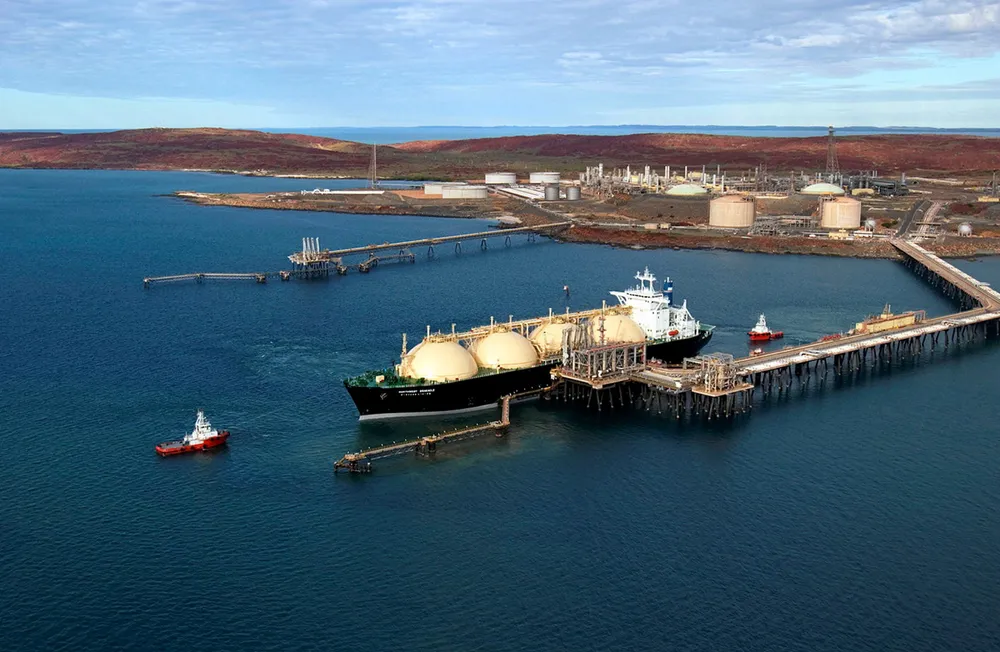IEA's call to end fossil fuel investment would spell disaster for Australia's LNG industry
World's largest exporter of LNG could fail to meet its long-term supply contracts without continued investment

World's largest exporter of LNG could fail to meet its long-term supply contracts without continued investment
